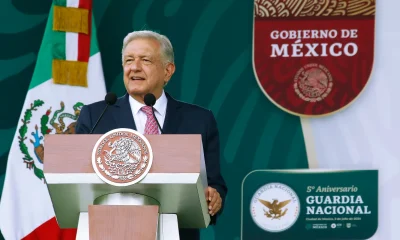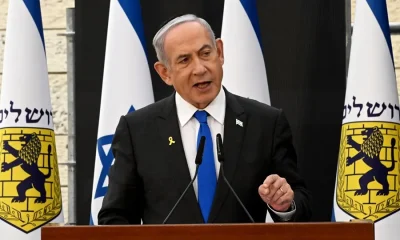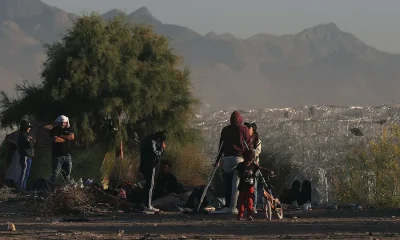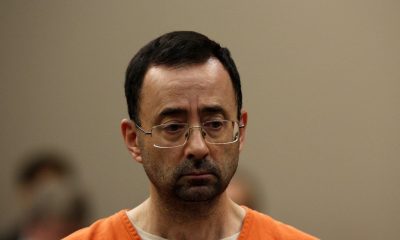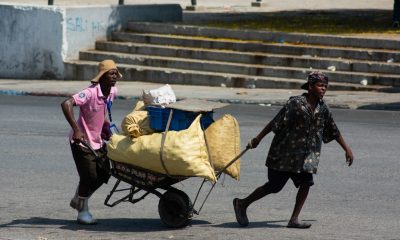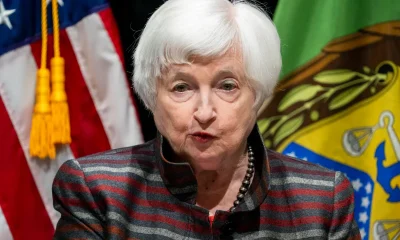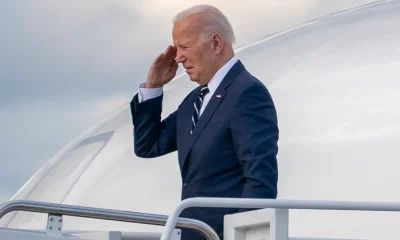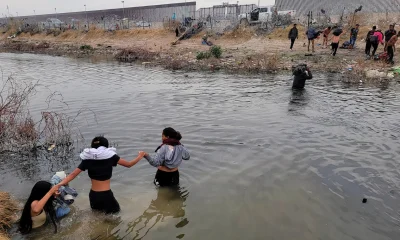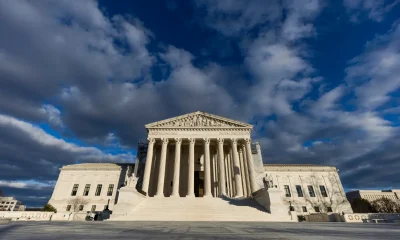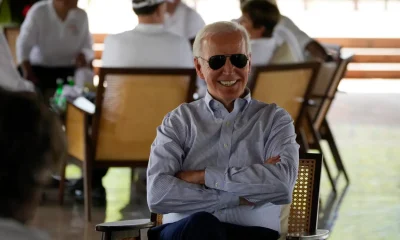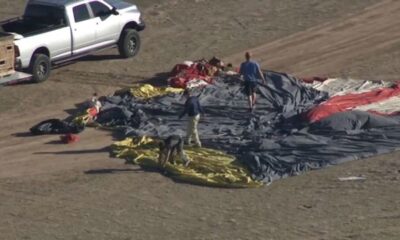International
The pro-Palestinian student movement in the United States looks at itself in history to continue

Opposition to the war in Gaza has triggered a student movement in the United States not seen since the protests against apartheid in South Africa in the 1980s and in rejection of the Vietnam War in the 60s, although the difference is the strong police reaction to more peaceful rallies.
The one that has already been called by historians such as Robert Cohen, of New York University, as the largest university movement in the United States in the 21st century has parallels with the uprisings of the past, but is also unique in forcing Washington to “be more careful with what it does with its military help.”
For Juan González, who was one of the leaders of the 1968 protests at Columbia University (New York), today’s demonstrations are much more peaceful but are facing more immediate repression.
“Never in the history of student protests has a protest been suppressed for so little violation of the law,” said Cohen, an expert in social movements, in a recent interview.
“Basically they are setting up camps in public spaces, they are not interfering with classes (…) we took several buildings in a single day,” he said in an interview with EFE González, 76, who considers that the police response is being much more severe on this occasion, with eviction of peaceful camps and more than 2,000 arrested.
Authorities from both New York City in the United States and the university were willing to negotiate with González and the other student leaders, he explained, something that has only happened in a handful of educational centers during the current movement.
In educational centers such as the University of California in Los Angeles (UCLA), the University of Texas in Austin or the University of South Florida in Tampa in the United States, state and local law enforcement agencies have entered to evict the camps and forcibly expel the students shortly after they congregated with the approval of the university authorities.
Another of the main differences is the historical context: the student protests of 1968 against the Vietnam War were included in a much larger movement that transcended the campuses and that included other causes such as the rejection of racial discrimination.
“Our strike in Columbia began only a couple of weeks after Martin Luther King was killed (…) there were riots and riots in more than 100 cities across the country,” explained González, who recalls that the worst moment of police repression was when in 1970 the Ohio National Guard killed four students at Kent State University.
The students’ requests, however, have similarities. Currently, university students ask educational centers to cut all kinds of ties with Israel and its military industry, while in 1968 they asked the institution to cut ties with the IDA, a center that was investigating weapons to be used in Vietnam.
The protests of now are also loaded with an “internationalist perspective” something that for the historian of the Massachusetts Institute of Technology (MIT) Tanalís Padilla did not happen years ago in the United States.
“Within the empire, the country’s actions are rarely taken aware of,” Padilla said of these protests against injustices that are happening “in another part of the world.”
The author of “After Zapata” indicated that this student movement has similarities with the fight against the Vietnam war in the 70s and the civil rights claims in the 60s, but contrary to the first case, “U.S. soldiers are not dying” and, in the second, there was no internationalist vision and solidarity with the suffering of the people of Palestine.
“It is a movement of international solidarity that has not been seen in a long time, which gives hope and it is very important that it happens in the most powerful country in the world,” said the teacher, a Jewish descendant of victims of the Holocaust and who has participated in the MIT student camp.
International
U.S. strike in Caracas killed 32 cuban security officers, experts say surprise was crucial
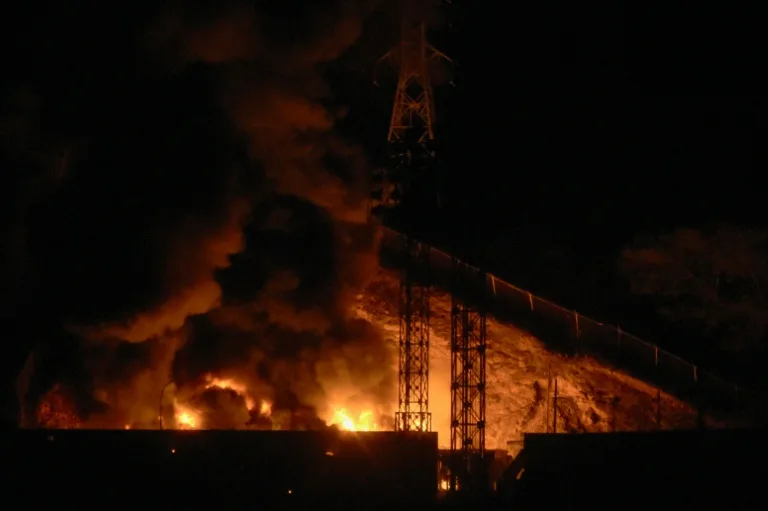
Two days after a U.S. military attack on a military complex in Caracas, Havana confirmed that 32 members of its security forces were killed in the operation, some of whom were likely responsible for protecting Venezuelan leader Nicolás Maduro. The Venezuelan government also reported that 23 of its own military personnel died during the assault.
Of the Cuban dead, 21 belonged to the Ministry of the Interior, which oversees intelligence services, and 11 were from the Revolutionary Armed Forces. No official information has been released regarding potential injuries.
Experts consulted by AFP agreed that the element of surprise was the key to the success of the U.S. military operation, which was meticulously prepared over months and kept entirely secret. “Cuban intelligence … convinced the Maduro regime and its security agencies that the United States would never attack Venezuelan territory,” explained José Gustavo Arocha, a former Venezuelan army officer and expert at the Center for a Secure Free Society, a U.S. defense think tank.
Fulton Armstrong, a former U.S. intelligence officer and Latin America researcher at American University in Washington, also highlighted the failure to anticipate the attack and to detect U.S. helicopters entering Venezuelan airspace, noting that even a five- to ten-minute warning could have made a significant difference for the guards and for Maduro.
U.S. forces additionally benefited from “incredible” real-time intelligence provided by stealth drones to monitor movements of the Venezuelan leader, according to experts. A highly sophisticated combat team was deployed, and analysts believe the order to “fire to kill” was likely given.
Paul Hare, former British ambassador to Cuba and Venezuela, added that Cuban intelligence also underestimated the extent of U.S. access to internal cooperation within Venezuela’s security apparatus, contributing to the operation’s success.
International
Report: Vatican mediation included russian asylum offer ahead of Maduro’s capture
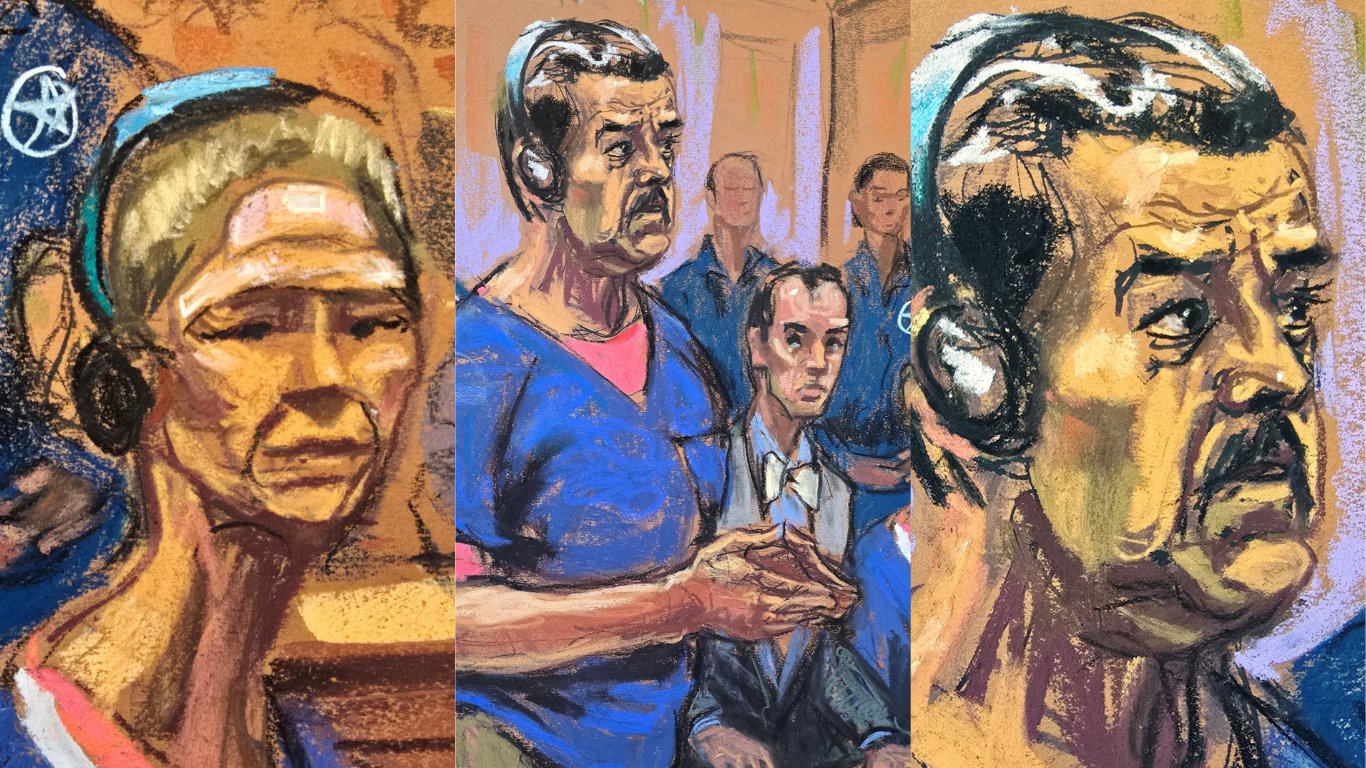
The Vatican reportedly attempted to negotiate an offer of asylum in Russia for Venezuelan President Nicolás Maduro before his capture by U.S. forces last Saturday, according to The Washington Post.
The U.S. newspaper reported that Vatican Secretary of State Cardinal Pietro Parolin spoke with U.S. Ambassador to the Holy See Brian Burch about a supposed Russian proposal to grant Maduro asylum. A source familiar with the offer said that what was proposed “was that he would leave and be able to enjoy his money,” and that part of the plan involved Russian President Vladimir Putin guaranteeing Maduro’s security.
Despite these diplomatic efforts, the United States carried out a military operation that resulted in Maduro’s capture and detention, along with his wife Cilia Flores, who are now being held in New York on narcoterrorism charges.
The Washington Post also noted that U.S. President Donald Trump may have invited Maduro to Washington for in-person discussions about safe conduct, an offer that Maduro reportedly declined.
International
Pope Leo XIV warns of rising “war enthusiasm” in global politics
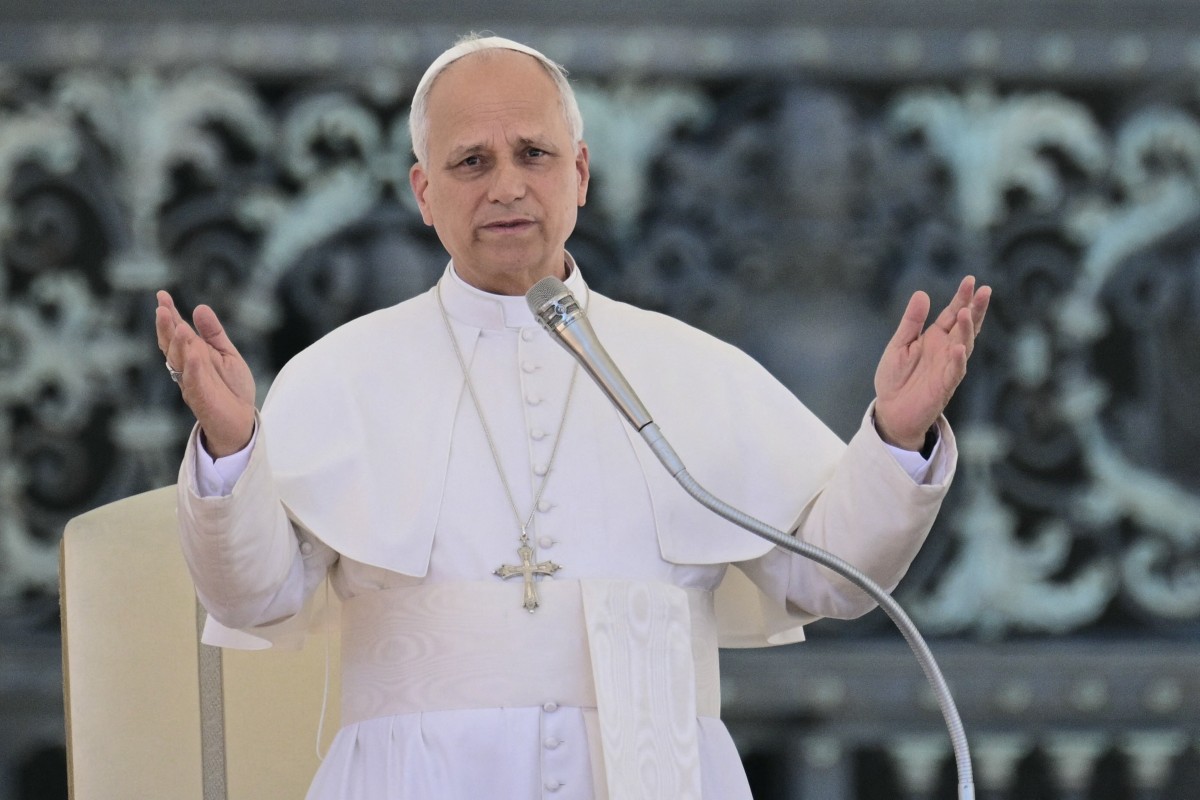
“War is becoming fashionable again, and war enthusiasm is spreading.” Pope Leo XIV delivered a somber assessment of international politics on Friday, sharply criticizing the growing reliance on force by nations at a time when his country of birth is increasing military displays.
While offering New Year’s greetings to the diplomatic corps, the U.S.-born pope — who also holds Peruvian nationality — delivered one of his strongest speeches to date, denouncing the “worrying weakening of multilateralism” and the emergence of what he described as “war enthusiasm.”
From the outset of his address to ambassadors accredited to the Holy See, delivered in English, the pontiff lamented the rise of a “diplomacy of force, by individuals or groups of allied states,” at the expense of dialogue, warning that such trends threaten the global order established after World War II.
“Peace is no longer sought as a gift or as a good desirable in itself, or as the pursuit of ‘the establishment of an order willed by God, one that entails greater justice among human beings.’ Instead, it is pursued through weapons as a condition for asserting one’s own dominance,” the head of the Catholic Church said, without directly naming any country.
His remarks come amid ongoing conflicts between Ukraine and Russia and in the Gaza Strip, and against a broader international backdrop marked by European concerns over a potential U.S. takeover of Greenland, the autonomous Danish territory, a scenario that could threaten the cohesion of NATO.
-
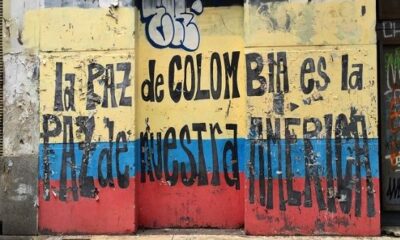
 International3 days ago
International3 days agoPetro and Trump Agree on Joint Action Against ELN Guerrillas After Tense Diplomacy
-
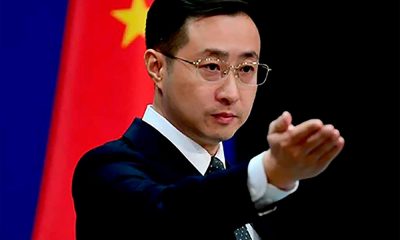
 International4 days ago
International4 days agoBeijing Says International Support Strengthens Its Position on Taiwan Sovereignty Issue
-
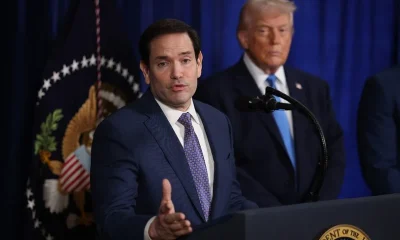
 International3 days ago
International3 days agoTrump Signals Extended U.S. Influence Over Venezuela Following Military Operation
-
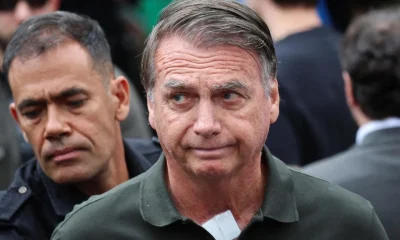
 International3 days ago
International3 days agoLula Vetoes Bill That Would Have Shortened Bolsonaro’s Prison Sentence
-
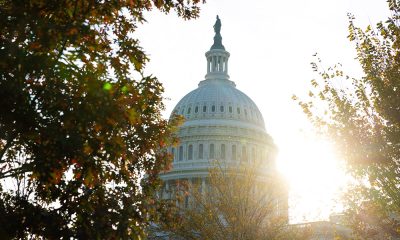
 International3 days ago
International3 days agoSenate Bipartisan Vote Moves Measure to Block Further U.S. Military Action in Venezuela
-
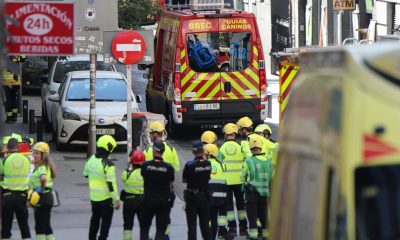
 International2 days ago
International2 days agoOne Dead and Nine Injured After Explosion in Southwest Madrid
-
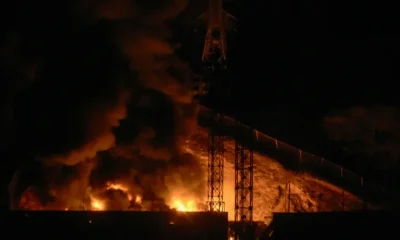
 International22 hours ago
International22 hours agoU.S. strike in Caracas killed 32 cuban security officers, experts say surprise was crucial
-
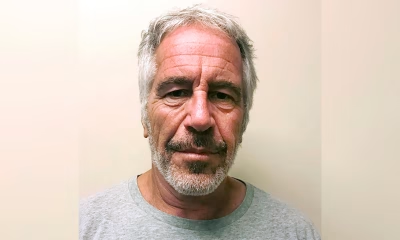
 International3 days ago
International3 days agoJustice Department Misses Deadline as Millions of Epstein Files Remain Under Review
-
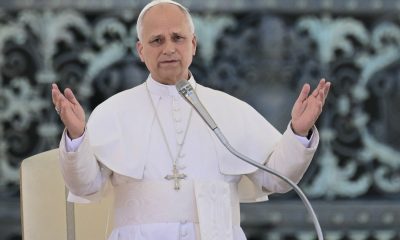
 International2 days ago
International2 days agoPope Leo XIV warns of rising “war enthusiasm” in global politics
-

 International2 days ago
International2 days agoReport: Vatican mediation included russian asylum offer ahead of Maduro’s capture























